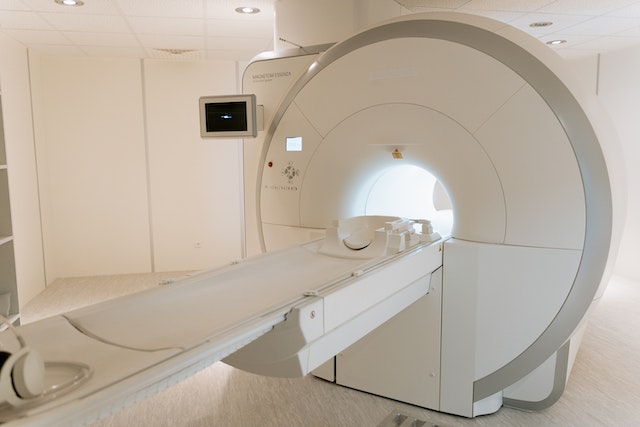Building a Connected Healthcare Ecosystem: Harnessing the Potential of Integration for Better Patient Care
One of the hottest trends making waves in the tech space right now is big data. To put it simply, big data refers to a huge amount of information collected on a particular subject.
Many sectors are already tapping into this data goldmine to understand their customers better and tailor their products and services based on market demand.
In healthcare, organizations are collecting their big data from sources like patient medical and hospital records.
Another key contributor is biomedical research which generates plenty of useful data for patients, doctors, and researchers alike. For example, public health researchers can use data collected here to make predictions and prepare for future pandemics.
In this guide, we will take a look at why data collection and sharing using tech tools like this healthcare data platform by Syndesis is key to building a more connected healthcare ecosystem. Without further ado, let’s dive in!
Why Collecting Data in Healthcare is Important
Contents
They say data is the new gold and this holds true even in healthcare. In this section, we’ll explore a few reasons why collecting and sharing data plays a crucial role in the field.
For starters, doctors and health administrators can use big data to gain vital insights into their patients’ medical history. This is key to making informed decisions about treatments and services.
For example, with access to extensive data samples, doctors are able to detect early warning signs of serious illnesses. This allows for simpler and more cost-effective treatment compared to addressing diseases in their advanced stages.
Beyond individual patient care, data analytics and key performance indicators empower administrators to make strategic funding and resource allocation decisions. By harnessing big data from health records and platforms like Google Maps, critical health maps can be created to pinpoint underserved areas.
Armed with this knowledge, administrators and providers can determine optimal locations for deploying mobile health clinics and other resources, ensuring that healthcare reaches those who need it most.
Moreover, big data enables hospitals and large care facilities to assemble a comprehensive view of patient experiences. Through sophisticated data integration tools, care teams can merge information that would otherwise remain scattered across various clinics, hospitals, and specialist offices.
This consolidation of patient data fosters swift and accurate communication between patients and providers, drawing insights from the entirety of a patient’s health history.
Common Methods Used to Collect Healthcare Data
In a world fueled by technological advancements, healthcare organizations have a wide range of data collection methods at their disposal. Gone are the days of relying solely on questionnaires, observations, and document examinations.
Nowadays, the majority of information is gathered through digital channels and a wide array of applications offered in the market.
When selecting the most suitable solutions for collecting data, medical organizations need to consider several factors. These include the services they provide, the number of doctors and patients they support, their existing tools and infrastructure, as well as their budgetary constraints.
Among the most popular tools for gathering medical information today are CRM (customer relationship management) systems. These tools can handle bulk data and generate reports based on specified data points among other processes.
Alternatively, healthcare organizations can use Electronic Health Record (EHR) systems which have been used for a long time to collect and analyze patient information.
Finally, mobile applications have become more instrumental in connecting clinicians and patients and facilitating information aggregation across different databases.
Addressing Concerns with Big Data in Healthcare
There’s no denying that we’re living in one of the most delicate times when it comes to data privacy. With cybersecurity breaches posing an ongoing threat, healthcare organizations must prioritize security measures to safeguard sensitive information.
To address these concerns, healthcare organizations must adhere to a set of guidelines when storing protected health information (PHI) as follows:
Ensuring secure data transmission
Healthcare organizations need to establish secure channels for data transmission to safeguard it from unauthorized access.
Adopting authentication protocols
Implementing robust authentication mechanisms adds an extra layer of protection to ensure that only authorized individuals can access sensitive data.
Auditing data security regularly
Regular audits help to identify vulnerabilities and potential weaknesses in the system, thereby allowing for timely remediation.
Educating staff about data safety
In addition to technical measures, it’s crucial for healthcare organizations to educate their staff on the importance of data security. This includes regularly reminding them about the importance of safeguarding their data, complying with software updates, and following access restrictions.
Conclusion
As the healthcare industry continues to embrace new ways of managing data, the impact on healthcare services is becoming increasingly evident. Robust data systems implemented in hospitals and medical procedures not only enhance the efficiency of healthcare professionals but also streamline their workflow.
The result? Professionals can prioritize providing better care to patients while simultaneously improving patient engagement and overall satisfaction. Talk of a win-win situation for all!
